Run Flat Tires: Can You Patch a Run-Flat Tire? 2021
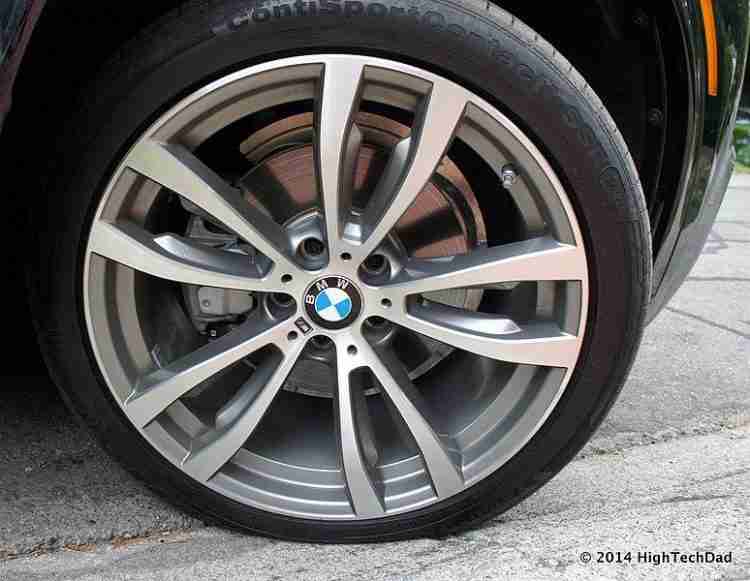
Run Flat Tires
It is important to know what type of tires your vehicle is fitted with. This is helpful to know should you ever need to change or repair them.
Run-flat tires have a whole host of benefits and have become increasingly popular over the years, but what happens when it comes to repairing them?
Read on to find out if a run-flat tire can be patched or plugged and if it is worth it.
Can a Run-Flat Tire Be Patched?
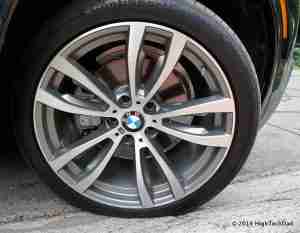
Generally yes, a run-flat tire can be patched depending on the severity of the damage. Some manufacturers recommend patching, while others do not and this decision is based on a number of factors.
Unfortunately, run-flat tires can only be repaired if the crown area has been punctured. If the sidewall is punctured or ruptured, then the tire will need replacing altogether.
When is it Safe To Patch a Tire?
Patching a run-flat tire is recommended just once as the damage caused by a puncture is often hard to gauge.
Some manufacturers recommend patching a run flat, as long as the inflation pressure is above 15 psi and there are no abrasions, separation or wrinkling on the tire interior.
Other manufacturers, such as Pirelli, advise replacing the tire altogether. This is because it is hard to tell how long the tire has been flat for.
How Do I Know if My Tire Is Punctured?
It is difficult to know if you have a flat or punctured tire. Experienced drivers may sense a deflated tire based on the way the car feels when driving. Most of the time, you will rarely notice a flat tire unless you see it with your own eyes.
Many cars have an in-built tire pressure monitoring system (TPMS) which will illuminate when the tire pressure becomes low.
How Far Can You Drive On a Run Flat Tire That Has Been Patched?
Once your run-flat tire has been patched by a qualified professional, you can drive your vehicle until a replacement tire is needed.
While patching a tire is fully legal, you should be cautious when driving and avoid travelling at high speeds if possible. Patching a run flat simply masks the damage but a replacement tire will resolve the issue.
Can I Replace Just One Tire?
If one tire has been punctured then you should only need to replace the one. However, if low air pressure is the issue, the opposite tire, or even all four may require a replacement. If the air pressure is low on one tire, this will eventually happen to the rest of them, so getting them all replaced at once will save you some time.
How Much Does it Cost to Patch a Run Flat?
If you feel you are qualified to a degree, and are able to perform the patching yourself, tire plug kits are inexpensive and are available to purchase. The cost of this is no more than $20.
If you are unable to perform the repair yourself, a qualified mechanic will charge around $30.
Plugging or Patching: Which is Best?
Professionals will always insist on replacing the entire wheel, but when it comes to plugging or patching, patching is probably best.
Avoid plugging
Plugging a run flat does just that, if the run flat tire is punctured by a nail for example, a plug is inserted into the area. While this may solve the problem straight away, plugging a tire can be dangerous as the wheel is not removed for a full inspection.
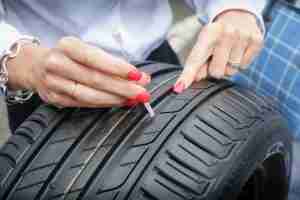
Patching process
Patching, on the other hand, involves filling the puncture hole from the inside of the tire followed by the application of a patch on top of the repair.
Benefits and Drawbacks of Run Flat Tires
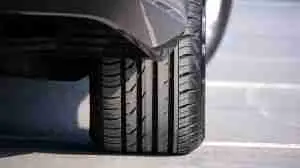
Run-flat tires are the preferred choice for many drivers. Let’s take a look at the advantages and disadvantages of run-flat tires.
Advantages
They can be driven on when flat
Run flat tires are designed to perform even when completely flat, for at least 50 miles. Therefore, if your tire becomes flat whilst travelling in wet and windy conditions, or on a highway, there is no need to exit your vehicle until you find a safe place to stop.
Vehicle weight is reduced
Theoretically, the weight of your vehicle should be reduced as there is no need for a spare tire along with repair tools. However, this may not be accurate as run flat tires weigh more than others due to their reinforced sidewalls.
Better stability if damaged
If your run flat tire is damaged whilst driving, both the handling and steering will remain stable. Sometimes, the steering can seem slightly out of control when this happens with other tires.
Disadvantages
Hard to gauge low air
Run flat tyres are designed with stiff sidewalls that make it hard to tell when the air pressure is low. This can be prevented by frequently checking the air pressure in your tires. Most cars do have a TPMS (tire pressure monitoring system) that will alert the driver should the pressure become low.
Can be costly
Run-flat tires are generally more costly than others on the market. Drivers can expect to pay between $45 to $60 for one tire, and they often need to be changed in pairs. However, they do last a long time so it is worth the investment.
Not available everywhere
While run-flat tires are popular, not every auto-repair shop will stock them. This may be a problem if you are in immediate need but are stuck in a quiet town.
The Final Say
Run-flat tires can be patched providing the puncture happens in the crown area. If the sidewall is damaged then unfortunately, you will require a new tire.
These popular tires are designed with strong sidewalls that allow drivers to carry on travelling even when the air pressure is significantly low or even flat. A professional mechanic will always advise if a tire
can be repaired or you should simply have a new one fitted.











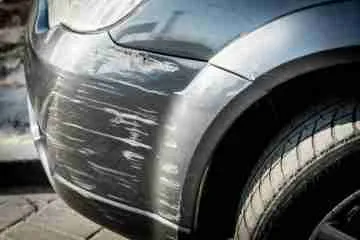
No Comment